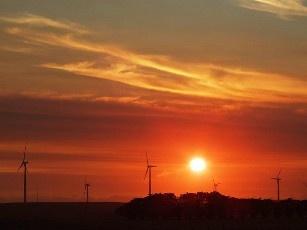The sub-Saharan African region is set to commission 1.8GW of renewable power capacity in 2014, according to a report by Bloomberg New Energy Finance
The region is emerging as an “exciting market” for investments in renewable energy technology such as onshore wind, small-scale and utility-scale solar and geothermal power, added the report. Investment in clean energy excluding large hydro in sub-Saharan Africa will be US$5.9bn in 2014 and will accelerate to US$7.7bn in 2016. Between 2006 and 2011, investment was far lower, averaging at around US$1bn annually.
Victoria Cuming, senior analyst at Bloomberg New Energy Finance, said, “Sub-Saharan Africa is not new to renewable energy. South Africa has been an active market for a few years and there have been occasional large investments in geothermal in the Rift Valley countries. What is different now is the breadth of activity, with wind, solar and geothermal exciting interest in many different countries, and the potential for further growth.”
South Africa, Kenya and Ethiopia are touted to be the largest markets for utility-scale renewable power from 2014 to 2016. Other countries such as Nigeria are planning projects, but policies are still being worked out, added the report.
Investments in renewable energy projects are, however, gaining strength. In July 2014, Abengoa of Spain secured the debt of US$142mn from the African Development Bank (AfDB) towards the development of its 100MW Xina Solar One solar thermal project in South Africa. In March 2014, Lake Turkana Wind Power agreed US$650mn in borrowings from a group of development banks and local lenders towards its 310MW wind project in Kenya.
Derek Campbell, analyst at Bloomberg New Energy Finance, said, “Small-scale solar needs viable financing models, since the initial capital outlay is too high for most households. We have seen some strong activity in Kenya, with business models such as M-KOPA. The question is whether people in other countries can warm to the idea of generating their own solar power in the same way as they flocked to mobile telephony.”




